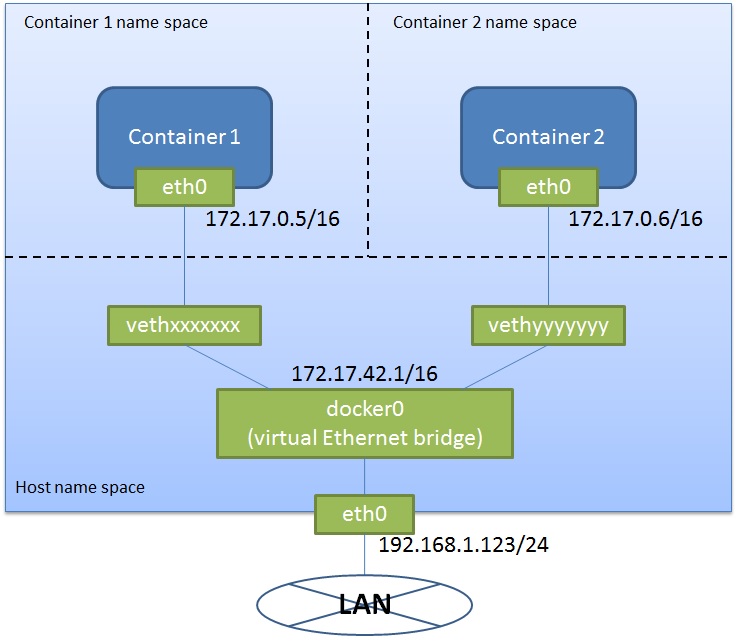
I have assigned two networks to my Homassistant Container. srv/dev-disk-by-id-ata-ST32000542AS_5XW2HFG7/data/docker_data/homeassistant:/config You can then set the IP address of your Homassistant Container for example in your docker-compose.yaml. These where only the commands with which you can create your docker network and tell your host how to communicate with your macvlan containers. The fifth command tells the host how to use that interface when communicating with the containers The third and fourth commands assign the host MACVLAN interface the previously reserved IP address and start it The second command generates a MACVLAN interface named mynet-shim on the Docker host The first command generates a Docker MACVLAN with the reserved IP address 192.168.178.223, so that it is not used by Docker when creating containers. Ip link add mynet-shim link eno1 type macvlan mode bridge This is a confoguration example for docker macvlan with host connection how I did it: docker network create -d macvlan -o parent=eno1 \ It can also communicate with other devices on the network without any problems.īut be careful: It can no longer communicate with the Docker Host, because the host network and possible MACVLANS or other Docker networks are decoupled.įor this you have to set up a loopback an tell your host machine how to cummincate with your macvlan containers. If after reboot, your machine is still using the "aws" kernel, you'll need to manually update the grub file.If you generate a MACVLAN and assign a unique address to your container, it will become a standalone device on your network. NOTE: If you are running on AWS you may need to reboot your machine to use the generic kernel instead # setup autoload the module echo "snd-aloop" > /etc/modules

# configure 5 capture/playback interfaces echo "options snd-aloop enable=1,1,1,1,1 index=0,1,2,3,4" > /etc/modprobe.d/nf

# setup autoload the module echo "snd_aloop" > /etc/modules-load.d/snd_nfĪpt update & apt install linux-image-extra-virtual This will notįor CentOS 7, the module is already compiled with the kernel, so just run: # configure 5 capture/playback interfaces echo "options snd-aloop enable=1,1,1,1,1 index=0,1,2,3,4" > /etc/modprobe.d/nf Jitsi Broadcasting Infrastructure (Jibri) configurationīefore running Jibri, you need to set up an ALSA loopback device on the host. env file by running the following bash script. Set strong passwords in the security section options of. env file by copying and adjusting env.example: cp env.example. See below if you are interested in running test images.Ĭreate a.

In order to quickly run Jitsi Meet on a machine running Docker and Docker Compose,ĭownload and extract the latest release.


 0 kommentar(er)
0 kommentar(er)
